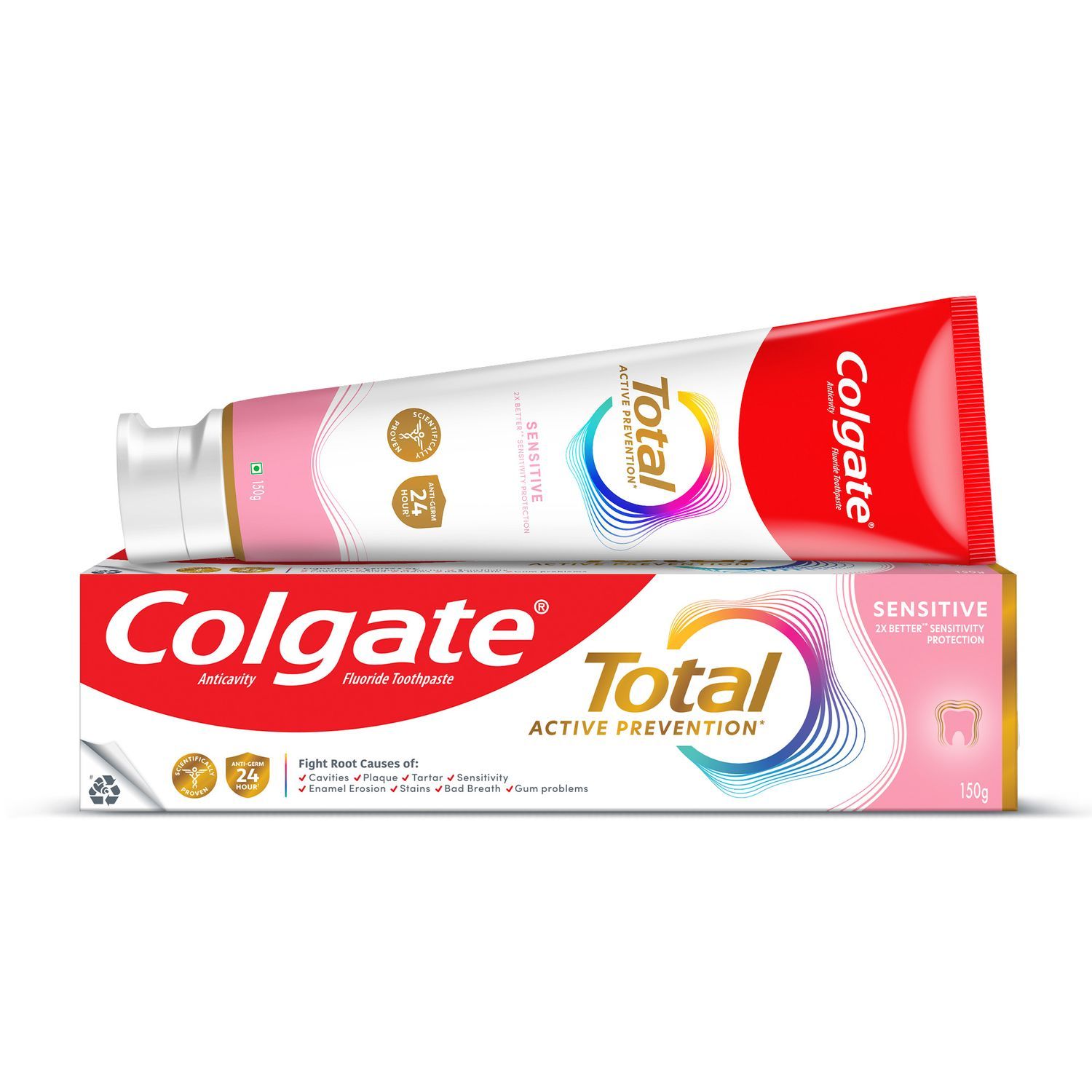-
-

TEETH WHITENING
What Is Stannous Fluoride Toothpaste?Stannous fluoride toothpaste helps prevent cavities, reduce sensitivity, fight plaque, and support daily gum and enamel health.

Selecting Dental Products
Best Toothpaste in India: Five Dentist-Recommended TypesToothpastes today are formulated to meet your every dental need and come in many flavours. Have your dental professional suggest the best toothpaste in India.
-
Science & Innovation
- ORAL HEALTH CHECK
- PRODUCT MATCH


Last Updated: 9 August 2023
Medically Reviewed By Colgate Global Scientific Communications
In most cases, you can thank your biological parents for your eye color, your blood type and your height, but what about your straight and bright smile? Do you have a predisposition to problems like gum disease and cavities due to your genes?
- Jagged 2 Gene
Genes do play a role in the shape, development and structure of your teeth. A research team at the University of Zurich studied mice and determined that the Jagged 2 gene is necessary for healthy teeth development. Without it, teeth crowns were malformed and enamel was lacking.

- Tooth decay and gum disease
Despite following a healthy diet, implementing a good oral care routine, and regular dentist checkups, you may find that you are still plagued by cavities and gum problems. Researchers from the University of Pittsburgh School of Dental Medicine identified the cause of your tooth decay and gum disease, or periodontitis, could be your genetics.
After studying hundreds of samples and dental records and publishing two papers, Dr. Alexandre Vieira, an assistant professor of oral biology, and his team, determined that tooth decay and gum disease can be influenced by individual variations in the gene beta defensin1 (DEFB1), which helps fight germs.
- DID YOU KNOW?
If your mother or father can curl their tongue, chances are you can too thanks to your genetics. Also, if your grandparents and parents have lived to a ripe old age, you too have a higher chance of enjoying a long life.
Amelogenesis Imperfecta
In some cases, mutated genes can cause a malfunction of the protein in the enamel, the protective outer layer of the tooth. This can result in teeth that appear yellow, brown or grey, and teeth that break easily due to the lack of enamel protecting the teeth against cavity-causing germs.
According to the American National Institute of Health, approximately 14,000 people in the United States are affected by Amelogenesis Imperfecta.
Dentinogenesis Imperfecta
Affecting 1 in 6,000 to 8,000 people, this genetic disorder causes discoloration of teeth to a translucent blue-gray or yellow-brown color and weak teeth that are prone to breakages. Both baby (primary) teeth and adult teeth can be affected.
If you are concerned about your genes and your teeth, speak to your dentist and remember to protect teeth against decay by brushing twice a day with fluoridated toothpaste, use of anti-bacterial mouthwash and flossing daily.
This article is intended to promote understanding of and knowledge about general oral health topics. It is not intended to be a substitute for professional advice, diagnosis or treatment. Always seek the advice of your dentist or other qualified healthcare provider with any questions you may have regarding a medical condition or treatment.
ORAL HEALTH QUIZ
What's behind your smile?
Take our Oral Health assessment to get the most from your oral care routine
2.3 billion
people worldwide suffer from tooth decay
ORAL HEALTH QUIZ
What's behind your smile?
Take our Oral Health assessment to get the most from your oral care routine
2.3 billion
people worldwide suffer from tooth decay
Related Articles

Dental emergencies and sports safety
Instant Relief from Tooth Pain: Essential TipsDiscover straightforward remedies on how to relief from tooth pain. Learn essential techniques to alleviate tooth pain and restore comfort effortlessly.

Adult Oral Care
Dental Health Care: What Is It & What Does It Mean to You?What exactly is dental health care, and what does it mean to you? Visit Colgate now and learn the main aspect of dental health care and why it's important.

Adult Oral Care
Coated Tongue: Symptoms, Causes, and TreatmentA coated tongue may be harmless. Learn what may be the cause and when you should see your dentist for an evaluation, here.
Related Products

Helping dental professionals
More professionals across the world trust Colgate. Find resources, products, and information to give your patients a healthier future







